Entdecken Sie feinste Schmuckstücke bis hin zu noblen Juwelen!

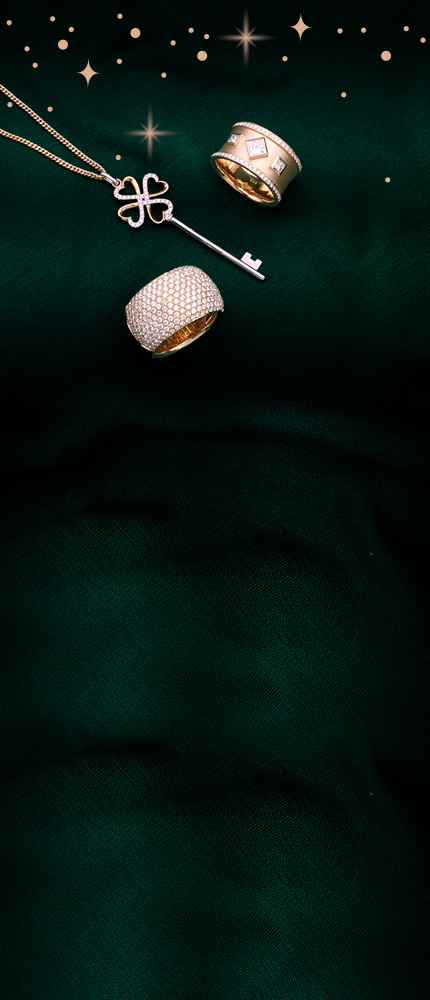
Von Herzen:
Geschenke für die Ewigkeit
Entdecken Sie sofort lieferbare Schmuckstücke zum Fest.
Jetzt entdeckenIhr Onlineshop für exquisite Schmuckstücke und meisterhafte Juwelen seit 1995

Für die Ewigkeit
Ausgewählte Meisterstücke
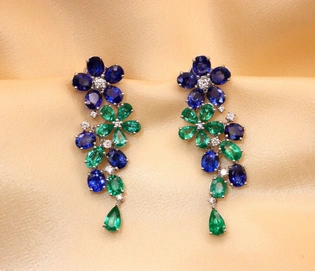
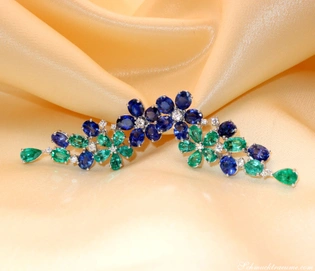
Prachtvolle Saphir Smaragd Ohrgehänge im Blüten Design
Preis auf Anfrage
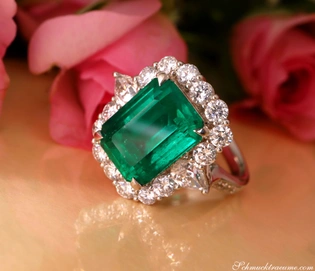
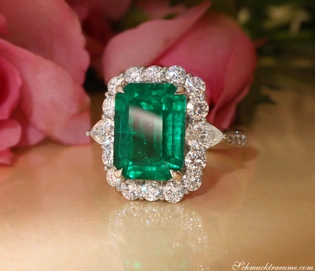
High Jewelry: Einzigartiger kolumbianischer Smaragd Ring (Muzo Green, Minor Oil)
230.320,00 €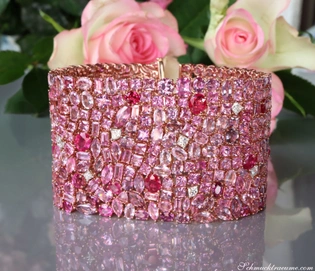
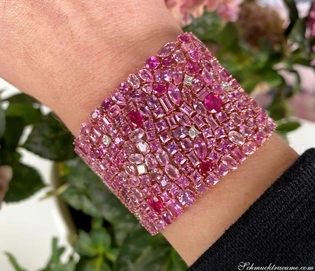
High Jewelry: Spektakuläres Pink Saphir Armband (115,07 ct.)
76.180,00 €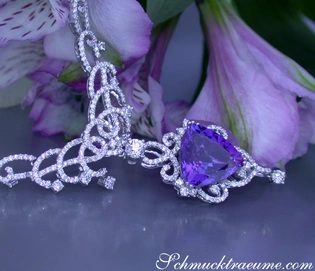
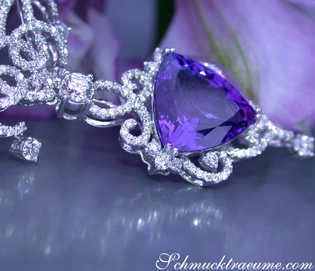
Luxuriöses AAA Tansanit Collier mit Brillanten (15,88 ct.)
Preis auf Anfrage
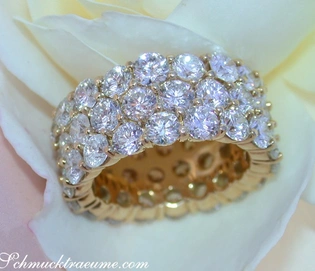
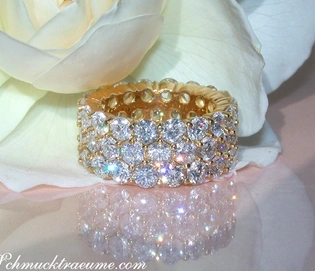
Prachtvoller Memory Ring mit Brillanten (10.60 ct.)
64.070,00 €
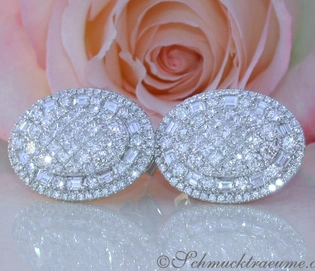
Erlesene Brillanten Ohrstecker mit Princess & Baguette Diamanten
18.640,00 €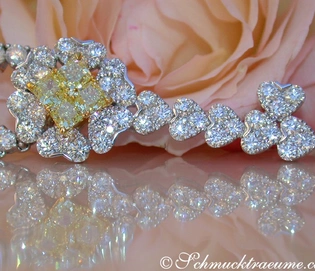
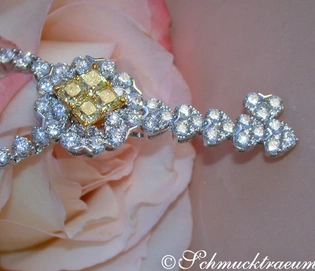
Exzellenter Brillanten Schlüssel Anhänger mit gelben Diamanten
27.190,00 €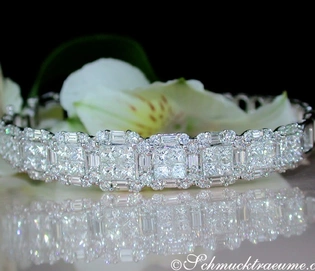
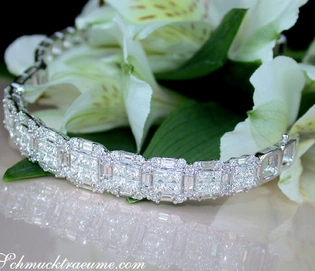
Hochkarätiger Brillanten Armreif mit Princess und Baguette Diamanten
42.730,00 €


Unvergängliche Schönheiten der Natur
Unsere Edelstein Ringe
Jeder Farbedelstein ist ein faszinierendes Unikat der Natur. Er verdient es, zu einem erstklassischen Juwel verarbeitet zu werden. Das ist die Überzeugung, die uns für unsere Farbedelstein Kreationen leitet. Entdecken Sie unsere ausgesuchten Ringe mit Rubin, Saphir und Smaragd - jeder davon so einzigartig wie der kostbare Edelstein, der dabei im Mittelpunkt steht!
zu unseren Edelstein RingenUnser Credo
Mit Leidenschaft für außergewöhnliche Juwelen
Hochwertiger Schmuck ist viel mehr als bloß ein „Accessoire”. Das ist die Überzeugung, aus der mit viel Liebe zum Detail unsere Schmuckträume entstehen. Als Inhaber-geführter Juwelier präsentieren wir Ihnen eine exklusive Auswahl an über 1.000 einzigartigen Schmuckstücken und Juwelen, auf die Sie angesprochen werden und die Sie andernorts nicht finden werden.
Ausgefallene Kreationen auf höchstem Niveau
Das Leben ist zu kurz für 0815. Darum gilt unsere Leidenschaft insbesondere auffallenden Designs, die sich in ihrer Komposition, Formensprache und Fertigung klar von der Masse abheben. Im Zusammenspiel mit ausgesuchten Diamanten, Farbsteinen und Perlen entstehen schließlich auffallende Schmuckstücke für Frauen, die unsere Begeisterung für das Außergewöhnliche teilen.

Mit Expertise und Erfahrung: Inhaber geführt seit 1995
Schmuckkauf ist Vertrauenssache. Das ist unverhandelbar. Für die Qualität unserer Schmuckstücke bürgen wir daher nicht nur mit einem Zertifikat, sondern auch mit unserem Namen. Gegründet 1995, seit 2002 ausschließlich online und bis heute Inhaber geführt, profitieren Sie von knapp 30 Jahren Erfahrung in der Schmuckbranche.
Für die Ewigkeit
Einzigartige Memory Ringe
Das Symbol zeitloser Eleganz: Ein eleganter Memory Ring setzt nicht nur stilvolle Akzente. Zugleich steht er für kostbare Erinnerungen und unvergessliche Momente. Wir interpretieren diesen Klassiker immer wieder gerne neu und raffiniert - und laden Sie daher ein, sich von unseren einzigartigen Kompositionen inspirieren zu lassen!
zu den Memory Ringen

„Jewelry has the power to be this one little thing that can make you feel unique.”
Elizabeth Taylor
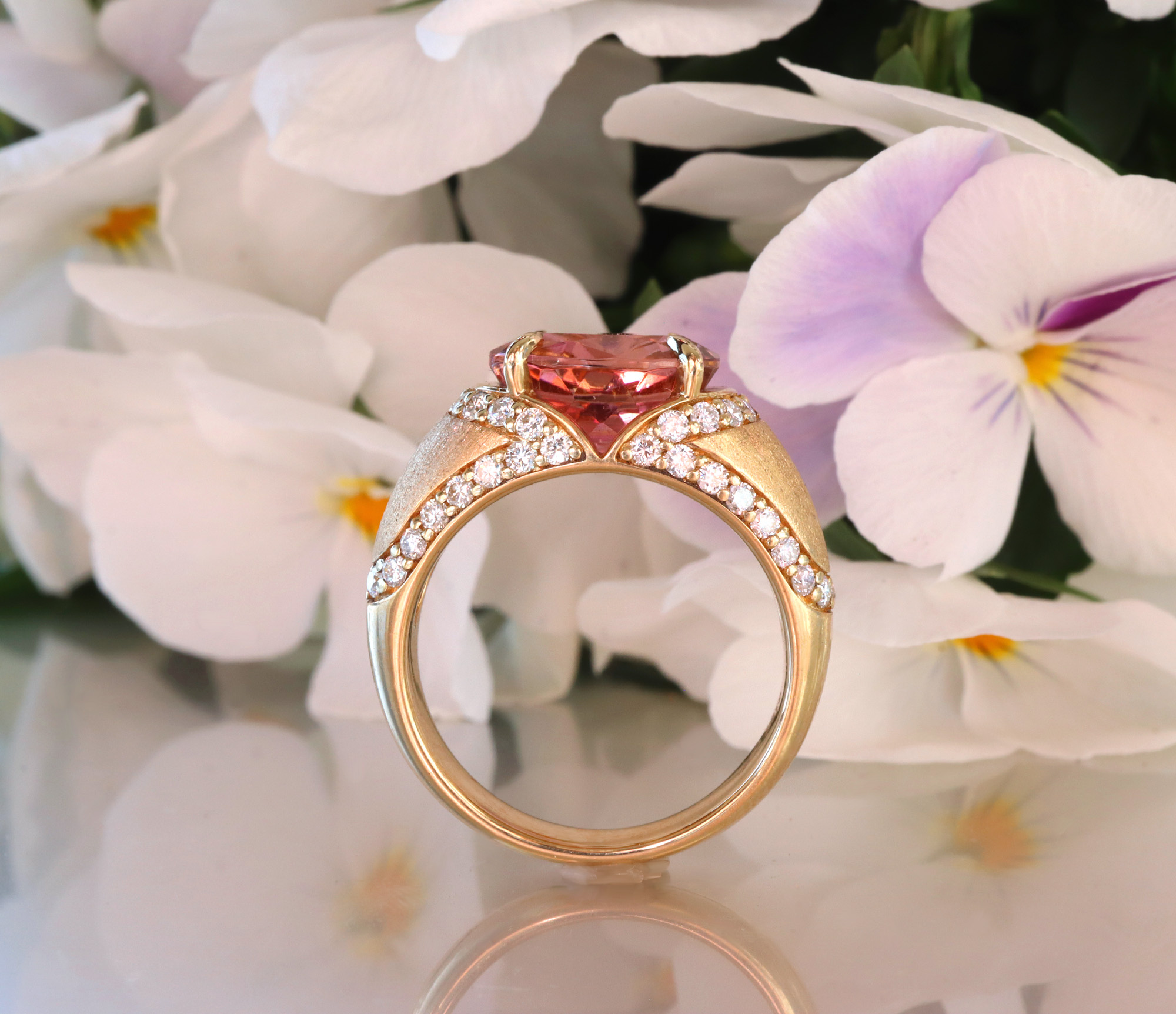
Eine persönliche Empfehlung unserer Inhaberin
Sensationeller Rosa Turmalin Brillanten Ring "Surprise"
– Jennifer Pyka, Inhaberin –
Aus unserer Manufaktur
Unsere Neuheiten
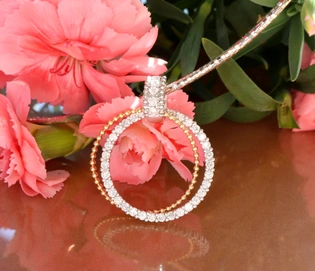
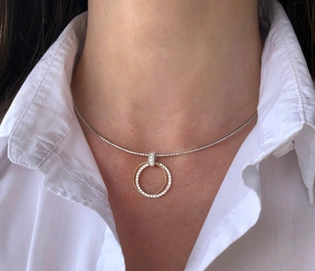
Zeitlos klassischer Brillanten Kreis Anhänger in Gelb- & Weißgold 585
2.600,00 €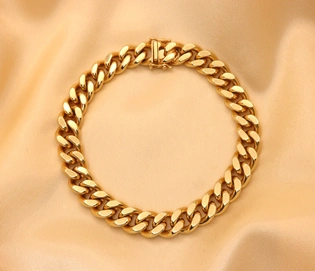
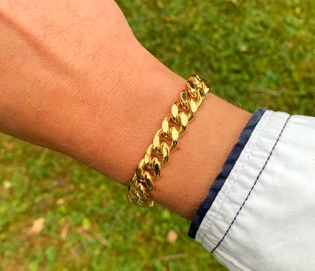
Gold Pur: Stattlich massives Herren Panzer Armband in Gelbgold 585 (70 Gramm)
Preis auf Anfrage
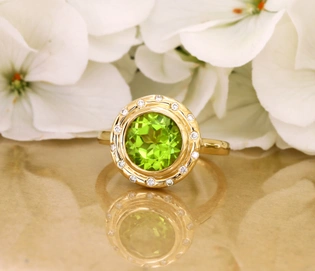
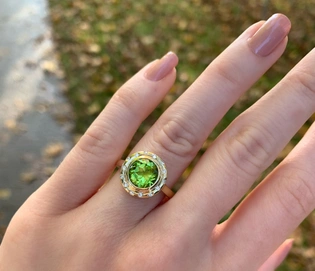
Ring "Orbit" mit Peridot und Brillanten
2.000,00 €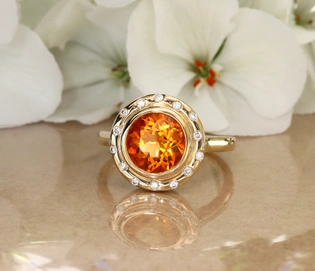
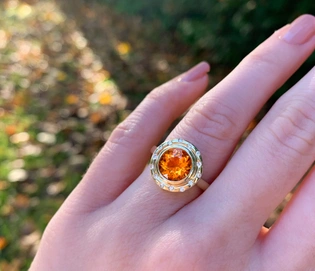
Ring "Orbit" mit Citrin und Brillanten
2.000,00 €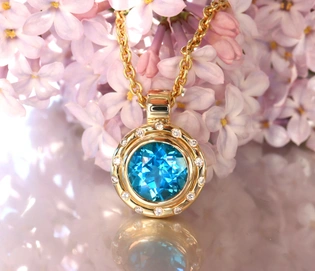
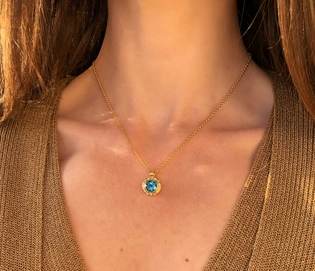
Halskette "Orbit" mit Blautopas und Brillanten
1.600,00 €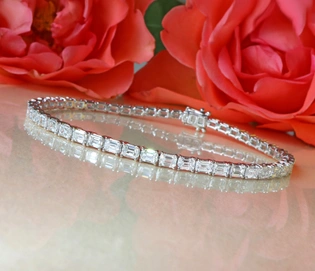
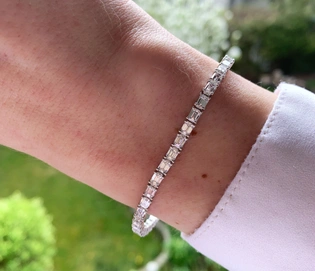
Exquisites Tennis Armband mit Diamanten im Smaragdschliff
20.200,00 €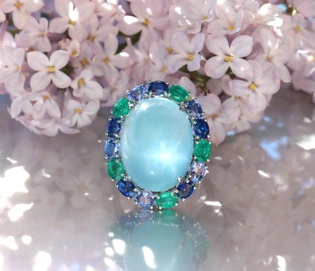
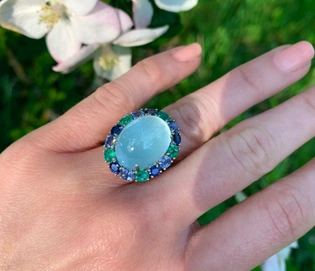
Sensationeller Milky Aquamarin Ring mit Saphiren und Smaragden
5.700,00 €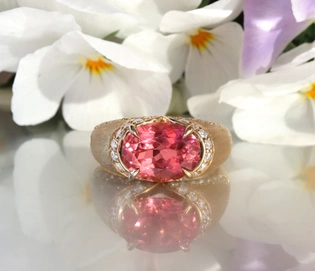
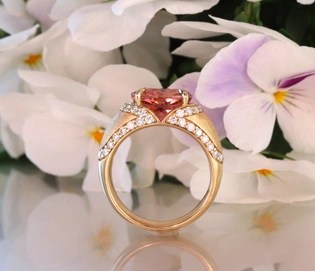
Sensationeller Rosa Turmalin Brillanten Ring "Surprise"
4.950,00 €
Seit 1995
Exklusiver Schmuck, erstklassiger Service
Es gibt viele Wege, Stil zu beweisen. Mit unseren Schmuckträumen präsentieren wir Ihnen einige der Schönsten und Prächtigsten - und das schon seit über 25 Jahren.
Hochwertiger Schmuck ist mehr als "nur ein Accessoire" – das ist unsere Überzeugung und der Ursprung unserer Geschichte. Gegründet 1995 als kleines Juweliergeschäft nahe München von Gabriela Pyka, lag unser Fokus von Anfang an auf exklusiven Schmuckkreationen, die Aufmerksamkeit erregen. Seit 2002 präsentieren wir diese Leidenschaft in unserer Online-Boutique für anspruchsvolle Schmuckliebhaber weltweit.
Unser Versprechen an Sie: kompromissloses Engagement, erstklassige Materialien, meisterhafte Fertigung und persönlicher Service.

Jennifer Pyka
(verantwortlich in 2. Generation)
Feinste Materialien in exzellenter Fertigung
Wir verwenden ausschließlich erstklassige Diamanten, Farbedelsteine und Perlen, die von unseren erfahrenen Goldschmieden und Juwelenfassern fachmännisch verarbeitet werden. Qualität für die Ewigkeit, die man nicht nur sieht, sondern auch fühlt.
Einzigartige Designs, die Sie andernorts nicht finden
Massenware „von der Stange“ wird Ihnen bei uns nicht begegnen. Denn wir schätzen das Besondere, das ins Auge fällt. Darum entwerfen und fertigen wir unsere außergewöhnlichen Schmuckstücke selbst. Unser Versprechen: Kreationen wie unsere trägt garantiert nicht Jede.
Unser Service: persönlich und verlässlich
Wir kennen die Wünsche und Bedürfnisse unserer anspruchsvollen Kunden. Darum können Sie sich auf unseren persönlichen Service sowie unsere langjährige Erfahrung verlassen. Erst wenn Sie auf voller Linie zufrieden sind, sind auch wir es.
Sie haben Fragen? Wir beraten Sie gerne persönlich.